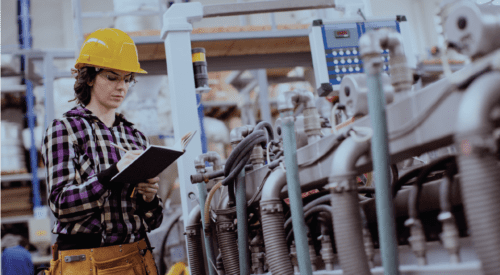
Aviation industry emissions trajectory is not on track to reach 2050 goal
Boulder, CO, January 25, 2019 — Despite adopting ambitious goals over the past decade the aviation and aerospace industry is not on-track to meet any of its goals, according to new research by the Rocky Mountain Institute released today.
In the past decade, airlines and aerospace manufacturers have adopted ambitious goals, such as committing to yearly efficiency gains of at least 1.5%, meeting growing travel demand without increasing net emissions, or reducing total emissions to 50% below 2005 levels by the year 2050.
However, according to new research, the industry is not on track to meet any of these goals. Aviation grew at 5% a year from 2014-2017. Further, there are no firm timelines for commercializing revolutionary aircraft design. Sustainable aviation fuel (SAF) is less than 0.01% of global consumption and isn’t becoming available on commercial flights fast enough.
“This research clearly shows that the industry needs to re-think how it intends to address its emissions crisis, ” says Adam Klauber, director, Rocky Mountain Institute. “By 2020, carbon emissions from aviation will reach 1 gigaton per year with the industry contributing between 3% and 9% of annual global emissions. This climate disruption won’t wait for incremental action.”
Key findings:
- Efficiency: Aviation efficiency is not enough to keep emissions growth at 3%. From 2014-2017 emissions grew 5% annually. Because airlines have already optimized “passenger load” and have few available empty seats to fill. Meeting increased demand requires flying additional aircraft, which increases fuel burn. Low fuel prices have meant that airlines are retaining their fleets for longer durations to accommodate passenger growth. Aging fleets translate to higher fuel burn.
- Aircraft Design: Transforming commercial aircraft with blended-wing, and other break-through features, could generate at least 50% fuel savings compared with existing designs. While aircraft design has always been touted by the industry as a major strategy for reducing emissions, the reality is quite different. There is no clear path nor timeline for revolutionary designs in commercial aircraft.
- Sustainable aviation fuel (SAF) provides the greatest potential for carbon reduction, and lower-carbon alternatives to jet fuel have been proven as safe and effective as drop-in blends with conventional fuel. Sustainable aviation fuel (SAF) is less than 0.01% of global consumption across the world’s airports. Not enough effort is being made by the industry to offer passengers regular, daily flights on greener flights.
Rocky Mountain Institute is planning a Solutions Workshop for broad industry participation. The two-day forum will be held in New York City in late spring 2019 to address the challenges identified in this research.
For more information, please contact: Nick Steel nsteel@rmi.org